The Role of Physiotherapy in Faster Recovery and Healing
Recovery from illness, injury, or surgery is not just about waiting for the body to heal—it’s about actively supporting the healing process. Physiotherapy plays a central role in accelerating recovery, restoring function, and preventing long-term complications. With evidence-based techniques, physiotherapists help patients regain strength, mobility, and independence while reducing pain and improving quality of life.
1. Pain Relief and Inflammation Control
One of the first challenges in recovery is dealing with pain and inflammation.
How physiotherapy helps:
Techniques like manual therapy, soft tissue mobilization, and joint mobilization reduce stiffness and improve circulation.
Electrotherapy modalities (ultrasound, TENS, IFT) can decrease pain and swelling.
Exercise-based therapy releases endorphins, which are natural painkillers.
Evidence: Studies show that exercise therapy significantly reduces chronic low back pain and is as effective as or better than medication in long-term management (Qaseem et al., Annals of Internal Medicine, 2017).
👉 By controlling pain early, physiotherapy allows patients to move sooner and recover faster.
2. Restoring Mobility and Function
After injury, surgery, or prolonged illness, muscles weaken and joints stiffen. Without proper movement, healing slows down.
How physiotherapy helps:
Targeted stretching improves flexibility and prevents contractures.
Strengthening exercises rebuild muscle power and endurance.
Balance and coordination training prevent falls and re-injury.
Evidence: Research on post-surgical rehabilitation (e.g., knee replacement) shows that early physiotherapy leads to better functional outcomes and faster return to daily activities compared to delayed therapy (Minns Lowe et al., Cochrane Database of Systematic Reviews, 2007).
👉 Movement is essential for tissue healing—physiotherapists guide safe, progressive exercises to restore normal activity.
3. Preventing Secondary Complications
Immobilization or inactivity often causes complications like stiffness, muscle wasting, poor circulation, or even respiratory problems.
How physiotherapy helps:
Early mobilization prevents bedsores, blood clots, and pneumonia in hospitalized patients.
Breathing exercises and chest physiotherapy help post-surgical or respiratory patients maintain lung health.
Education on posture and ergonomics prevents recurrence of musculoskeletal pain.
Evidence: Early mobilization in ICU patients has been proven to reduce hospital stay length and improve functional independence at discharge (Schweickert et al., The Lancet, 2009).
👉 Physiotherapy is not only about recovery—it actively prevents new health problems.
4. Enhancing Healing Through Circulation and Tissue Repair
Good blood flow is vital for healing, as it brings oxygen and nutrients to injured tissues.
How physiotherapy helps:
Exercises increase circulation, accelerating tissue repair.
Manual techniques improve lymphatic drainage, reducing swelling.
Functional training stimulates healing tissues in a safe, controlled way.
Evidence: Controlled mobilization after musculoskeletal injuries leads to quicker recovery and stronger tissue remodeling compared to complete rest (Immobilization vs. Mobilization review, Journal of Orthopaedic & Sports Physical Therapy, 2012).
👉 Movement promotes healing, while inactivity delays it. Physiotherapists ensure the right balance.
5. Personalized Rehabilitation and Faster Return to Life
Every patient heals differently depending on age, health, type of injury, and lifestyle. Physiotherapy offers a personalized rehabilitation plan tailored to individual needs.
How physiotherapy helps:
Sets measurable goals (walking without support, climbing stairs, returning to sports).
Uses gradual progression to prevent overload while ensuring steady recovery.
Provides patient education for long-term self-management and injury prevention.
Evidence: Tailored rehabilitation programs significantly improve recovery outcomes in sports injuries and orthopedic surgeries compared to generic exercise routines (Arundale et al., British Journal of Sports Medicine, 2018).
👉 Customized care ensures faster, safer, and more complete recovery.
SUMMARY :
Physiotherapy is much more than “exercise after injury.” It is a science-backed approach that:
* Relieves pain and inflammation,
* Restores strength, flexibility, and mobility,
* Prevents complications,
* Promotes tissue healing, and
* Guides patients back to their daily lives, sports, or work.
With consistent physiotherapy, patients don’t just recover—they recover *better and faster*. This makes physiotherapy an essential pillar of modern healthcare, whether you are healing from surgery, injury, illness, or chronic pain.
For more information Call
Call Now

